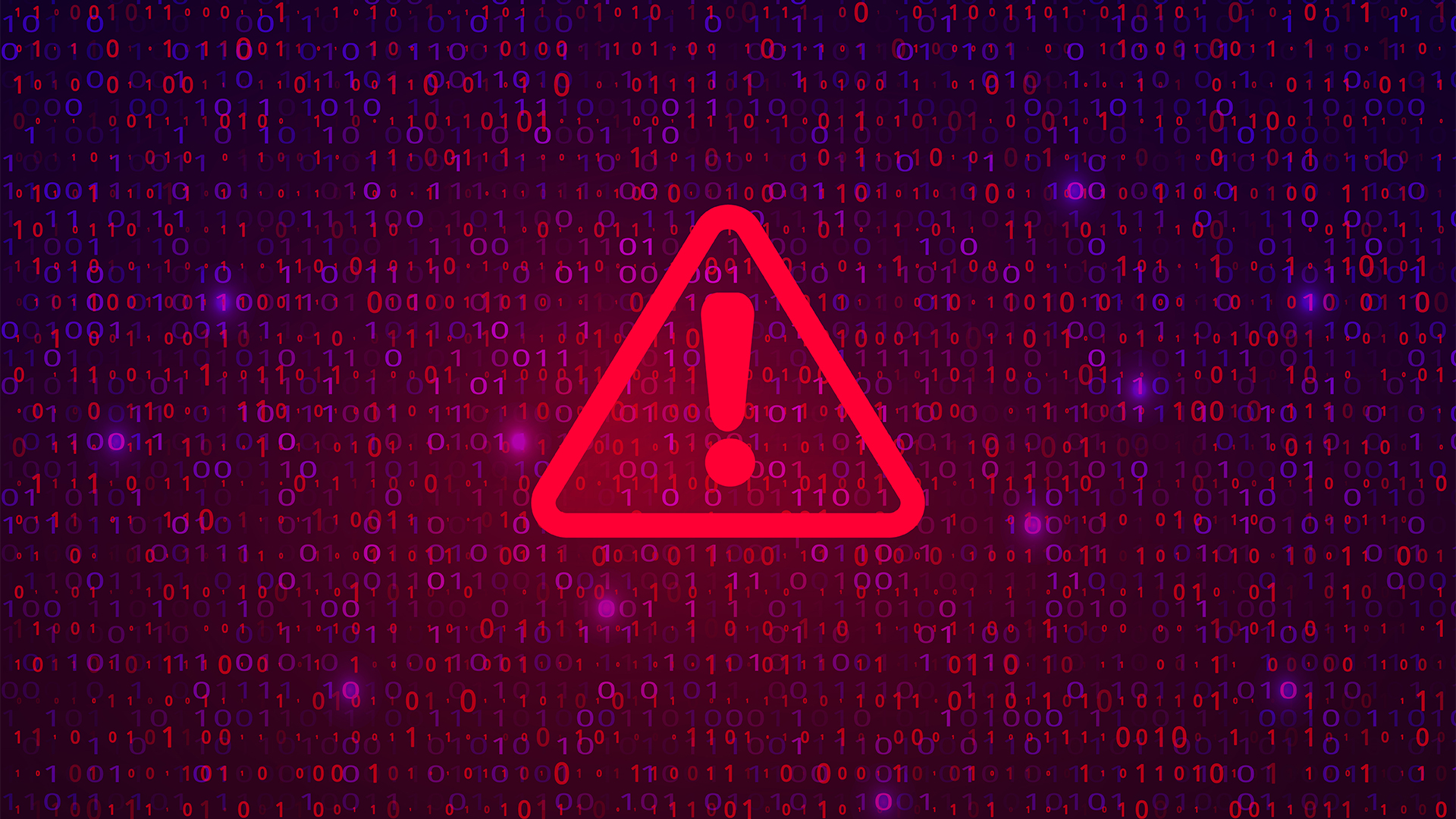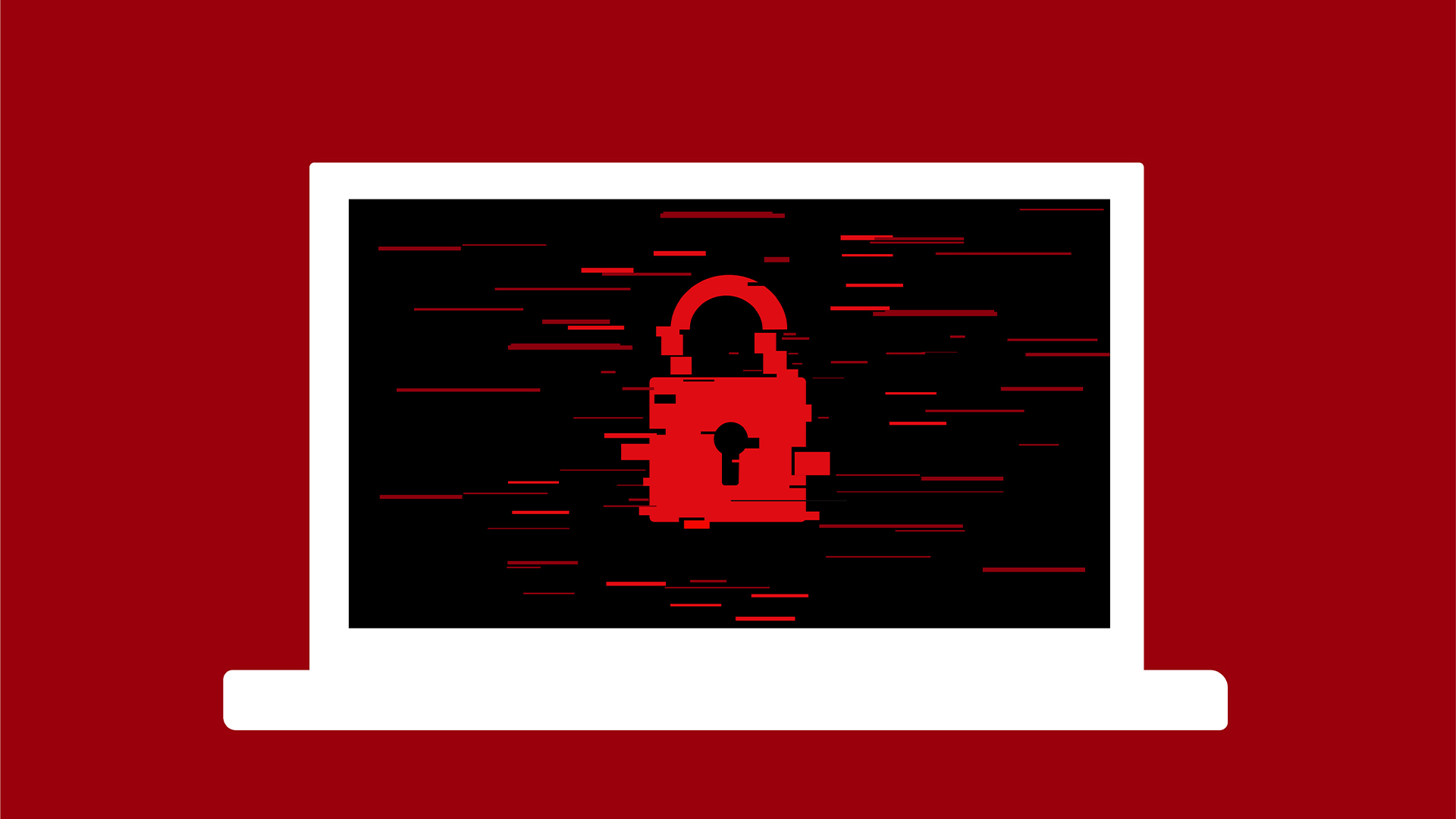Ransomware attacks most likely to strike after-hours
Researchers identify patterns of commonality, including attack vector, dwell time and the time of strike


Three-quarters of ransomware attacks are launched during the weekend or after work on a weekday, as attackers aim to maximise the potential for devastation and slow down any attempts at mitigation.
Just under half of all ransomware attacks, 49%, are launched on weekdays after 6pm while just 24% occur during work hours and 27% on weekends, according to findings by Fire Eye.
RELATED RESOURCE

The essential guide to cloud-based backup and disaster recovery
Support business continuity by building a holistic emergency plan
The most common hour for ransomware attacks to strike organisations is 11pm, at a time where workers least likely to be able to respond instantaneously.
Organisations from various sectors have been struck with ransomware attacks on an increasing basis in recent months and years, with attacks on UK businesses soaring 195% in the first half of 2019, for example.
“Ransomware is a remote, digital shakedown. It is disruptive and expensive, and it affects all kinds of organizations, from cutting edge space technology firms, to the wool industry, to industrial environments,” said Fire Eye’s intelligent analysis manager Kelli Vanderlee.
“Infections have forced hospitals to turn away patients and law enforcement to drop cases against drug dealers.”
How to keep your files safe from ransomware The most popular ransomware strains targeting UK businesses Ransomware attacks on UK businesses soar 195% Travelex disruption caused by devastating ransomware attack
High profile examples include the devastating Travelex disruption, as well as institutions in several US states, including Louisiana, and towns in Florida, and other states.
Get the ITPro daily newsletter
Sign up today and you will receive a free copy of our Future Focus 2025 report - the leading guidance on AI, cybersecurity and other IT challenges as per 700+ senior executives
This breed of attack, according to an examination of dozens of incident response investigations between 2017 and 2019, share several common characteristics, including attack vector, dwell time, and time and day of deployment.
There were several initial infection vectors spotted across multiple incidents, with remote access and remote desktop protocol (RDP) the most frequently observed. Other methods include phishing with a link or attachment and drive-by-download.
Another observation was that attackers normally leave at least three days between the first sign of malicious activity and deploying ransomware. In 75% of cases, this period is three days until the payload is deployed.
Among the key findings was that few attacks are launched during work hours, relative to after-work hours and weekends.
“Some attackers possibly intentionally deploy ransomware after hours, on weekends, or during holidays, to maximize the potential effectiveness of the operation on the assumption that any remediation efforts will be implemented more slowly than they would be during normal work hours,” Vanderlee continued.
“In other cases, attackers linked ransomware deployment to user actions. For example, in 2019 incidents at retail and professional services firms, attackers created an Active Directory Group Policy Object to trigger ransomware execution based on user log on and log off.”
Organisations seeking to mitigate or prevent ransomware infections have been given an array of measures they can take, many of which are now deemed common sense such as implementing multi-factor authentication (MFA).
Fire Eye has also urged organisations to establish emergency plans to ensure after-hours coverage is available to respond within a set time period in case of an emergency. After-hours escalation plans should also include redundant means to contact stakeholders, and 24-hour emergency contact information for any relevant third-party vendors.

Keumars Afifi-Sabet is a writer and editor that specialises in public sector, cyber security, and cloud computing. He first joined ITPro as a staff writer in April 2018 and eventually became its Features Editor. Although a regular contributor to other tech sites in the past, these days you will find Keumars on LiveScience, where he runs its Technology section.
-
 ‘Phishing kits are a force multiplier': Cheap cyber crime kits can be bought on the dark web for less than $25 – and experts warn it’s lowering the barrier of entry for amateur hackers
‘Phishing kits are a force multiplier': Cheap cyber crime kits can be bought on the dark web for less than $25 – and experts warn it’s lowering the barrier of entry for amateur hackersNews Research from NordVPN shows phishing kits are now widely available on the dark web and via messaging apps like Telegram, and are often selling for less than $25.
By Emma Woollacott
-
 Healthcare systems are rife with exploits — and ransomware gangs have noticed
Healthcare systems are rife with exploits — and ransomware gangs have noticedNews Nearly nine-in-ten healthcare organizations have medical devices that are vulnerable to exploits, and ransomware groups are taking notice.
By Nicole Kobie
-
 Alleged LockBit developer extradited to the US
Alleged LockBit developer extradited to the USNews A Russian-Israeli man has been extradited to the US amid accusations of being a key LockBit ransomware developer.
By Emma Woollacott
-
 February was the worst month on record for ransomware attacks – and one threat group had a field day
February was the worst month on record for ransomware attacks – and one threat group had a field dayNews February 2025 was the worst month on record for the number of ransomware attacks, according to new research from Bitdefender.
By Emma Woollacott
-
 CISA issues warning over Medusa ransomware after 300 victims from critical sectors impacted
CISA issues warning over Medusa ransomware after 300 victims from critical sectors impactedNews The Medusa ransomware as a Service operation compromised twice as many organizations at the start of 2025 compared to 2024
By Solomon Klappholz
-
 Warning issued over prolific 'Ghost' ransomware group
Warning issued over prolific 'Ghost' ransomware groupNews The Ghost ransomware group is known to act fast and exploit vulnerabilities in public-facing appliances
By Solomon Klappholz
-
 The Zservers takedown is another big win for law enforcement
The Zservers takedown is another big win for law enforcementNews LockBit has been dealt another blow by law enforcement after Dutch police took 127 of its servers offline
By Solomon Klappholz
-
 There’s a new ransomware player on the scene: the ‘BlackLock’ group has become one of the most prolific operators in the cyber crime industry – and researchers warn it’s only going to get worse for potential victims
There’s a new ransomware player on the scene: the ‘BlackLock’ group has become one of the most prolific operators in the cyber crime industry – and researchers warn it’s only going to get worse for potential victimsNews Security experts have warned the BlackLock group could become the most active ransomware operator in 2025
By Solomon Klappholz

